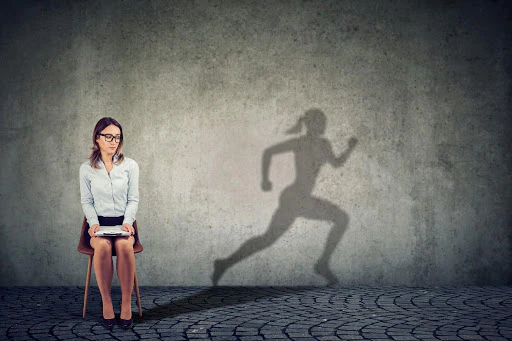“Hello everyone. My name is John. And I am a sit-aholic.” “Hello, John.”
This blog is for people who understand the health hazards of a desk-bound existence, but have not found a comfortable alternative to sitting. And we realize that standing is n o t the solution with its risks of joint/spine/varicose veins that provide little movement.
Years ago, surrounded by ads for standing desks and health warnings about a sedentary lifestyle, I bought a sit-stand treadmill desk. However ambitious my initial intentions, I eventually lapsed back to full-time sitting. For decades I attributed my desire to sit down, take elevators instead of stairs etc. to being naturally lazy and my lack of willpower which is why I was heartened by recent articles in the NYT Washington Post and Readers Digest explaining that “inactivity is a natural instinct,” as opposed to a weakness of spirit.
INTRODUCTION TO SITME® The Survival Instinct To Minimize Energy
A recent study by Drs. Boisgontier and Cheval published last month in Neuropsychologia, confirms this. “From an evolutionary perspective, “Inactivity” is not being lazy, it’s minimizing energy costs.” This minimization has been essential for humans’ survival, because it helped conserve energy for hunting and gathering, searching for shelter, and fleeing from predators.
Therefore, over 1,500,000 years of evolution has “hardwired” our brain to keep the body “inactive” thereby minimizing unnecessary energy use. SITME® helps explain why 80% of the U.S. adult population rejects recommendations to exercise. The human environment has changed, especially since the Industrial Revolution and the need for this survival instinct has long disappeared. The lack of physical activity is now actually increasing morbidity and shortening our lives. In contrast to our lifestyle, modern hunter-gatherers in the Kalahari walk 5-10 miles per day, (annually the distance from LA to NYC) similar to our ancestors.
THE EXERCISE PARADOX
How can we overcome (SITME) this powerful instinct to remain inactive? Willpower alone has not worked for most of us over the long-term. According to the Center for Disease Control and Prevention, only 20% of U.S. adults are physically active. They are proof that the brain can be re-wired but how did they do this? How did they go from the 80% that are inactive to the 20%?
CHECK BACK HERE AN ON DECEMBER 6, THURSDAY or leave us your e-mail address at sitflow.com/Sitters Anonymous to join our newsletter.

